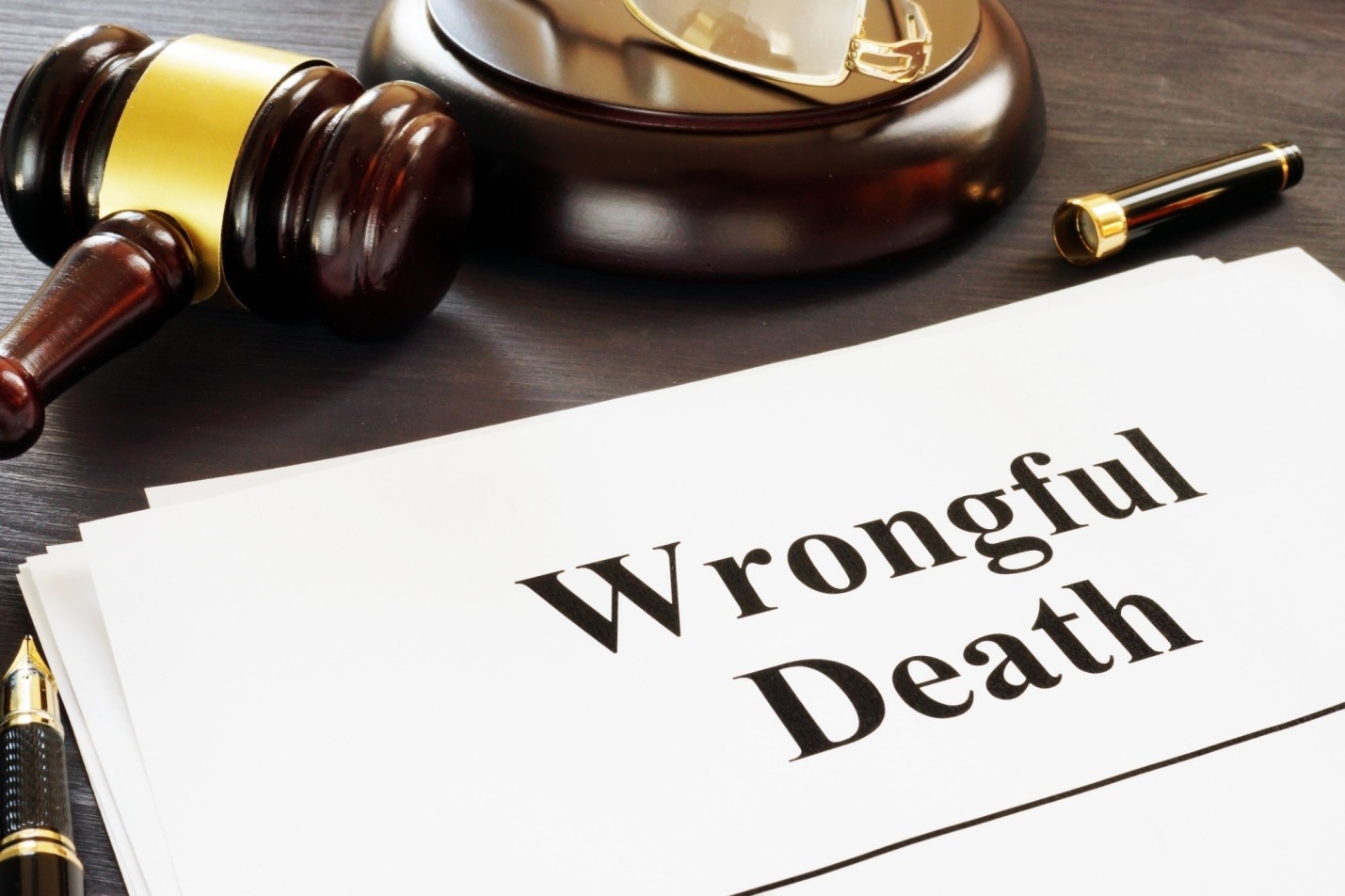Looking to find every way to prove a wrongful death claim? Here’s everything you need to have and what you need to know to win your lawsuit.
A wrongful death case is a civil case brought forward when someone dies as a result of misconduct or negligence. As a civil case, it requires a lower standard of proof, which provides avenues for families who found no justice through the criminal courts.
Following the wrongful death route is not uncommon. For example, a jury didn’t find O.J. Simpson guilty of the death of his wife because the prosecutor couldn’t prove the case beyond a reasonable doubt. However, he was found liable for the wrongful death of two people in a civil trial.
How do you prove a wrongful death claim? Winning requires establishing the three components of negligence: duty of care, breach of duty of care, and cause of death.
Here’s what each requires.
Duty of Care
In a wrongful death or negligence case, you must first prove the defendant owed the deceased person something called “duty of care.”
Duty of care is a requirement that a person must act towards others in a reasonable way that includes prudence, watchfulness, and caution.
Any person owes others a legal duty of care, but it can also be professional, such as in the case of medical professionals or teachers caring for students.
Why must you prove it? Because the issue of duty of care doesn’t apply to all circumstances.
Breach of Duty of Care
Once you establish that the defendant owed your loved one duty of care, you must prove they also breached it.
Usually, you’ll show what duty of care was necessary as well as what actions the defendant engaged in that didn’t meet the standard.
For example, in the event of a death as the result of a motor vehicle accident, you would need to prove that the other driver was not applying the duty of care required by motorists. This might include excessive speeding, driving under the influence, or driving dangerously.
Cause of Death
Finally, if you can prove that the defendant owed the deceased duty of care and violated it that duty, then you must prove that it was the breach of duty, not an uncontrollable side effect, that caused their death.
Let’s return to the example of the motor vehicle accident. If the other driver owed a duty of care, and they breached it by driving with a blood alcohol content of 0.111, then you need to prove that it was the defendant’s actions that caused the harm.
Connecting the dots depends on both the facts of the case and available evidence and quickly becomes complex.
Proving a Wrongful Death Claim
If someone dies at the hands of another person, and there’s no recourse to justice through the criminal system, their family may sue in civil court.
A wrongful death claim connects the dots between the duty of care, breach of duty of care, and cause of death to connect the defendant to the death. Winning brings justice, closure, and usually damages.
Did this answer scratch your Mental Itch? Scroll down or check out our blog for more great content.

